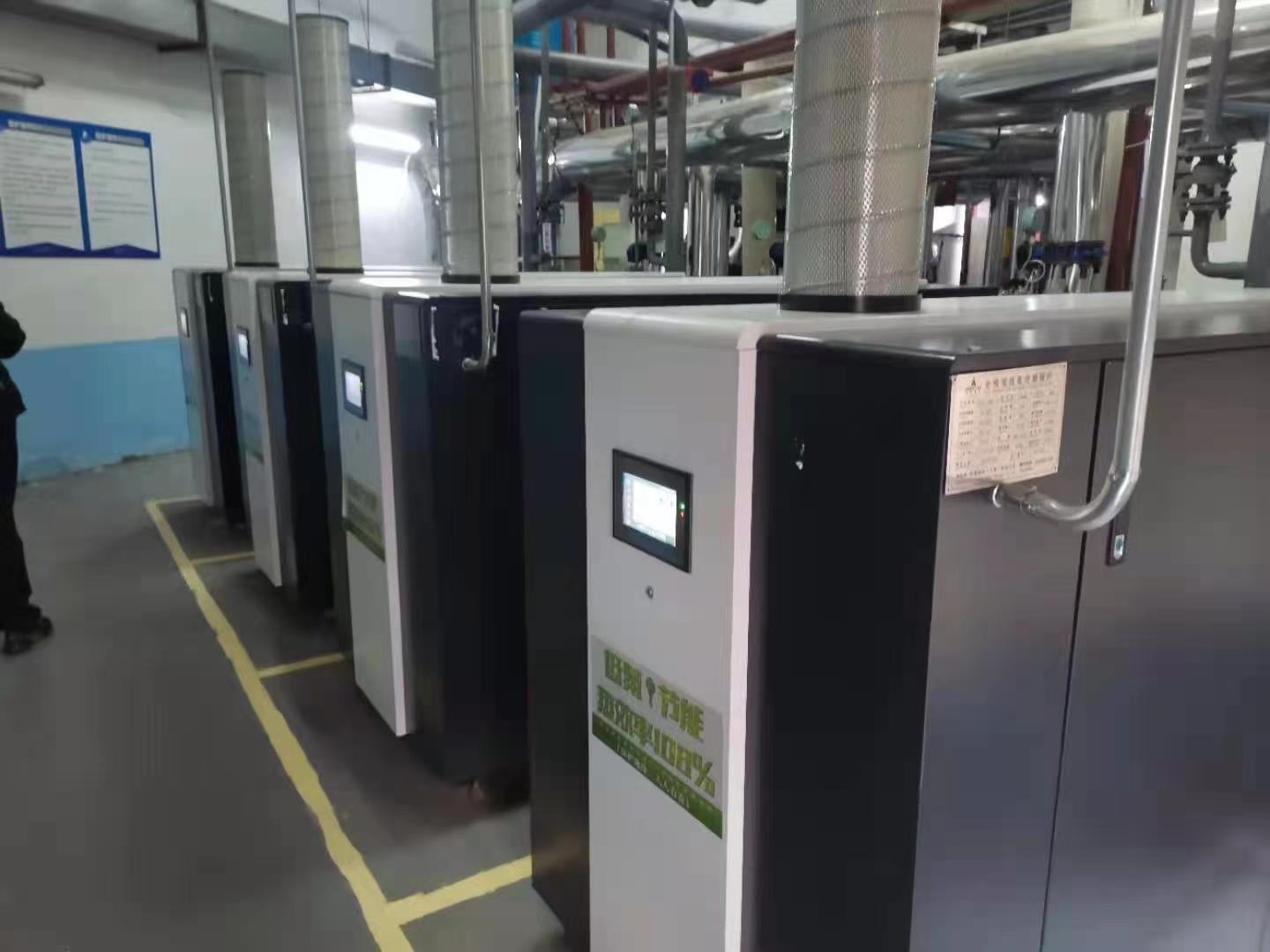- Afrikaans
- Albanian
- Amharic
- Arabic
- Armenian
- Azerbaijani
- Basque
- Belarusian
- Bengali
- Bosnian
- Bulgarian
- Catalan
- Cebuano
- China
- China (Taiwan)
- Corsican
- Croatian
- Czech
- Danish
- Dutch
- English
- Esperanto
- Estonian
- Finnish
- French
- Frisian
- Galician
- Georgian
- German
- Greek
- Gujarati
- Haitian Creole
- hausa
- hawaiian
- Hebrew
- Hindi
- Miao
- Hungarian
- Icelandic
- igbo
- Indonesian
- irish
- Italian
- Japanese
- Javanese
- Kannada
- kazakh
- Khmer
- Rwandese
- Korean
- Kurdish
- Kyrgyz
- Lao
- Latin
- Latvian
- Lithuanian
- Luxembourgish
- Macedonian
- Malgashi
- Malay
- Malayalam
- Maltese
- Maori
- Marathi
- Mongolian
- Myanmar
- Nepali
- Norwegian
- Norwegian
- Occitan
- Pashto
- Persian
- Polish
- Portuguese
- Punjabi
- Romanian
- Russian
- Samoan
- Scottish Gaelic
- Serbian
- Sesotho
- Shona
- Sindhi
- Sinhala
- Slovak
- Slovenian
- Somali
- Spanish
- Sundanese
- Swahili
- Swedish
- Tagalog
- Tajik
- Tamil
- Tatar
- Telugu
- Thai
- Turkish
- Turkmen
- Ukrainian
- Urdu
- Uighur
- Uzbek
- Vietnamese
- Welsh
- Bantu
- Yiddish
- Yoruba
- Zulu
Dec . 06, 2024 01:25 Back to list
Gray Cast Iron Fittings for EN877 Standard with Precision Casting Techniques
Exploring EN 877 Gray Cast Iron Fitting Casting A Comprehensive Overview
EN 877 is a standard that specifies the requirements for gray cast iron fittings used in drainage, waste, and vent (DWV) systems. These fittings are crucial components in plumbing systems across Europe and several other regions, ensuring efficient flow and management of wastewater. Gray cast iron, known for its excellent mechanical properties and durability, is the preferred material for these applications. This article explores the significance of EN 877 gray cast iron fitting casting, its properties, manufacturing process, and applications.
Properties of Gray Cast Iron
Gray cast iron is characterized by its graphite microstructure, which gives it a gray appearance. It is renowned for several properties that make it ideal for use in piping systems
1. Strength and Durability Gray cast iron exhibits high compressive strength and excellent wear resistance, making it suitable for extensive use in plumbing applications.
2. Corrosion Resistance When properly coated or treated, gray cast iron can resist corrosion, ensuring a longer lifespan for fittings exposed to harsh wastewater environments.
3. Sound Dampening Gray cast iron has superior sound-dampening properties, significantly reducing noise from flowing water compared to other materials like PVC or stainless steel.
4. Thermal Conductivity It exhibits good thermal conductivity, allowing for better temperature regulation within plumbing systems.
Manufacturing Process
The manufacturing of EN 877 gray cast iron fittings involves several key steps
1. Melting and Pouring The process begins with the melting of raw cast iron in a furnace. The molten iron is then poured into molds to form the desired fitting shape.
2. Casting Techniques Different casting methods like sand casting or shell molding may be used, depending on the required dimensions and complexity of the fittings.
en877 gray cast iron fitting casting

3. Cooling and Solidification After pouring, the molten iron cools and solidifies within the molds, forming the finished fittings.
4. Machining and Finishing Once cooled, fittings may undergo machining processes to achieve precise dimensions and surface finishes. This includes cutting, grinding, and coating to enhance corrosion resistance.
5. Quality Control Finally, rigorous quality control tests are conducted to ensure that the fittings meet the standards outlined in EN 877, including tests for mechanical properties, dimensional accuracy, and surface quality.
Applications
EN 877 gray cast iron fittings are widely utilized in various applications
1. Drainage Systems These fittings are essential in constructing effective drainage systems in residential, commercial, and industrial buildings, managing the flow of wastewater and stormwater.
2. Ventilation Systems They are employed in venting systems to prevent the buildup of toxic gases and ensure proper air circulation.
3. Fire Protection Systems Where fire resistance is critical, gray cast iron fittings provide the necessary durability and reliability.
4. Sewage and Wastewater Management EN 877 fittings are extensively used in sewer systems, contributing to efficient waste management and environmental protection.
Conclusion
The significance of EN 877 gray cast iron fitting casting cannot be overstated in modern plumbing systems. With their unique properties and robust performance, these fittings play a crucial role in ensuring efficient wastewater management and system durability. As building standards evolve and the demand for reliable plumbing solutions grows, the role of gray cast iron fittings will remain integral, promising longevity and effectiveness in various applications. Their classic combination of strength, sound insulation, and corrosion resistance makes them an unparalleled choice in the construction industry, thereby securing their place for years to come.
-
8mm Thin-Walled Cast Steel Manhole Cover Pallet Bottom Ring | Durable
NewsAug.04,2025
-
Premium Cast Iron Water Main Pipe: Durable, Corrosion-Resistant
NewsAug.03,2025
-
Durable Cast Iron Water Mains | AI-Optimized Systems
NewsAug.02,2025
-
High-Efficiency Propane Boiler for Baseboard Heat | Save Energy
NewsAug.01,2025
-
Premium Source Suppliers for Various Gray Iron Castings
NewsJul.31,2025
-
Durable Cast Iron Water Main Pipes | Long-Lasting
NewsJul.31,2025


